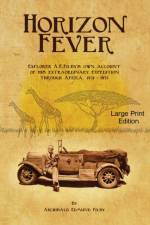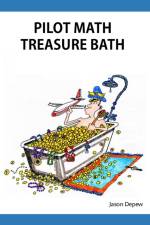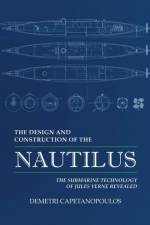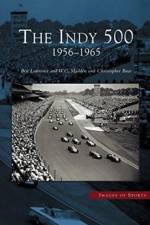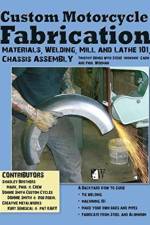von David Evans
59,00 €
2022 ist das erste Jahr der aufregenden und wahnsinnig schnellen Rally1-Hybridfahrzeuge - eine neue Ära hat in der Rallye-Weltmeisterschaft begonnen. Mit mehr Leistung als je zuvor zeigten die Spitzenpiloten des Sports neue Bestleistungen. Stilvoll begann Altmeister Sébastien Loeb die Saison, indem er gleich die Rallye Monte-Carlo gewann, danach wurde der junge "fliegende Finne" Kalle Rovanperä der Mann, den es zu schlagen galt. Er gewann fünf der nächsten sechs Rallyes. Der Weltmeister von 2019, Ott Tänak, führte in einem immer besser werdenden Hyundai die Verfolgergruppe an, heftete sich an Rovanperäs Fersen und eröffnete so ein faszinierendes Ende der Saison 2022."Rallying 2022 - Moving Moments" von McKlein Publishing erzählt die ganze Geschichte dieser ersten Saison der neuen WRC-Ära. Auf 240 Seiten werden die spektakulärsten Bilder der McKlein-Fotografen gezeigt, begleitet von der umfassenden und kompetenten Berichterstattung des Teams von Dirtfish Media - eine bewährte und erstklassige Kombination.Zu den WRC-Berichten kommen wie gewohnt die über WRC2, WRC3, JWRC und ERC sowie über die deutschen Meisterschaften. Es gibt eine Hommage an die irische Rallye-Legende Paddy Hopkirk, der in diesem Jahr verstorben ist, sowie eine Reihe von Stories von Veranstaltungen, die den Geist des Rallyesports atmen, unsere "Moving Moments".---------------------------------------------------------------------2022 heralded a new dawn for the World Rally Championship with the introduction of exciting and wickedly fast hybrid Rally1 cars. With more power on tap than ever before, these new beasts brought out the best in the sport's elite drivers. An old master returned in style when Sébastien Loeb won the opening round in Monte Carlo, thereafter young flying-Finn Kalle Rovanperä became the man to beat, winning five of the next six rallies. 2019 world champion Ott Tänak, in an ever-improving Hyundai, led the chasing pack, clawing back at Rovanperä to set up a fascinating end to the 2022 season."Rallying 2022 - Moving Moments" by McKlein Publishing, tells the full story of this new era of WRC, 240-pages featuring the most spectacular images from the lenses of McKlein's photographers. The book's punchy text is written by the team at Dirtfish Media, whose writers aren't afraid to pull any of those punches. For words and pictures, Dirtfish and McKlein is a winning combination.The WRC reports are joined by those on WRC2, WRC3, JWRC and ERC as well as the German championships. There's a tribute to Irish rally legend Paddy Hopkirk, who passed away this year, as well as a series of stories from each event which portray the spirit of rally, our "Moving Moments".---------------------------------------------------------------------2022 est la première saison qui a vu s'élancer en spéciales les folles et excitantes voitures hybrides de la catégorie Rally1. Une nouvelle ère du Championnat du Monde des Rallyes a commencé. Avec encore plus de puissance, les pilotes de pointe ont fait étalage de tout leur talent. « Senior » Sébastien Loeb a ouvert la saison en fanfare en reportant le Rallye Monte-Carlo. C'est ensuite le jeune finlandais volant Kalle Rovanperä qui est devenu l'homme à battre, remportant cinq des six manches suivantes. Ott Tänak, le champion du Monde 2019, au volant d'une Hyndai en constants progrès, a mené le peloton de chasse, sur les talons de Rovanperä, promettant aux passionnés un final haletant.« Rallying 2022 - Moving Moments » de McKlein Publishing, conte par le détail cette première saison de la nouvelle ère du WRC. Les images les plus spectaculaires captées par les photographes de McKlein illustrent les 240 pages, accompagnées des commentaires et analyses experts de Dirtfish Media.Aux côtés du WRC, vous pourrez retrouver les championnats WRC2, WRC3, JWRC et ERC, ainsi qu'un résumé du championnat allemand. Un hommage à Paddy Hopkirk, la légende irlandaise qui nous a quitté cette année, ainsi que des reportages sur une série d'événements qui exhalent l'esprit « Moving Moments », complètent ce nouvel opus de l'annuel.









